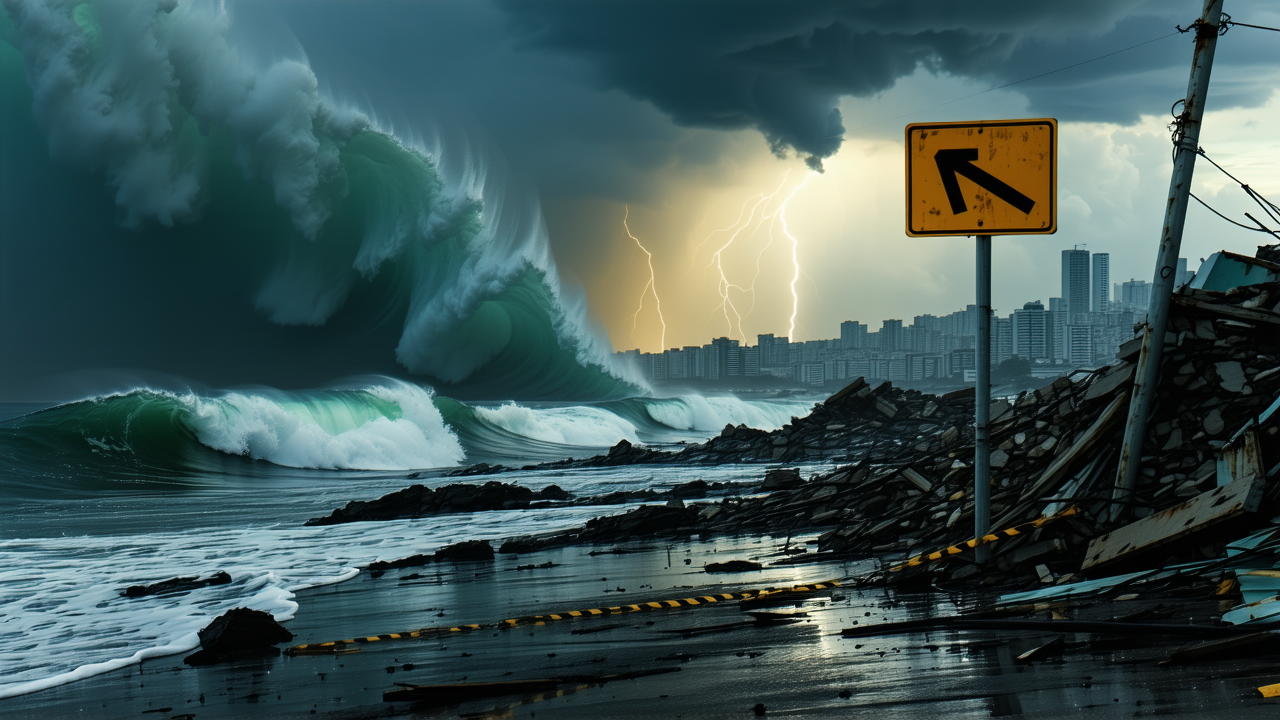Experts Weigh In on Recent Tsunami Warnings in Hawaii, Japan, and Russia
Experts Weigh In on Recent Tsunami Warnings in Hawaii, Japan, and Russia
A powerful 8.8-magnitude earthquake struck the Russian Far East on July 30, 2025, triggering tsunami warnings across several Pacific regions, including Hawaii, Japan, and coastal areas of Russia itself. While the initial fears of a catastrophic event were downgraded, experts have emphasized the importance of understanding the science behind such natural disasters.
Simon Boxall, a lecturer in oceanography at the University of Southampton, explained that the earthquake occurred along the Pacific Ring of Fire, a seismically active region known for its frequent and powerful earthquakes. 'The Earth is made up of geology plates, and when these plates rub against each other, stresses build up, leading to sudden releases of energy,' Boxall said. 'This movement can cause the seabed to flip up, generating a tsunami.'
While the tsunami caused by this particular earthquake was not as massive as those from previous events, it still posed significant risks. 'It will cause coastal flooding and damage, and lives are at risk if people don't move to higher ground,' Boxall warned.
Earthquake scientist Grace Sethanant noted that while the 8.8-magnitude quake was powerful, it pales in comparison to the energy released by the 9.1-magnitude earthquakes that triggered the 2011 Tohoku earthquake in Japan and the 2004 Sumatra earthquake in Indonesia. 'In terms of energy, the 9.1 is three times stronger than the 8.8,' Sethanant explained. 'It's like dropping a rock in a lake — the bigger the rock, the bigger the ripples.'
Tsunami Warning Coordinator Dave Snider from the National Tsunami Warning Center emphasized that tsunamis should be viewed as 'ocean floods' rather than waves. 'A tsunami is the entire ocean column being lifted above high tide level due to the extreme movement of the Earth's crust,' he said. 'This is a significant planetary event that we've just witnessed.'
As the world continues to monitor seismic activity in the Pacific, experts stress the importance of preparedness and timely warnings. While the current event may not have led to mass devastation, it serves as a reminder of the power of nature and the need for vigilance in coastal communities.
With the Pacific Ring of Fire remaining an area of high seismic risk, the lessons learned from this event will be crucial in future disaster preparedness efforts. As Sethanant noted, 'Understanding the energy differences between quakes is essential for predicting the impact of future tsunamis and ensuring the safety of coastal populations.'
